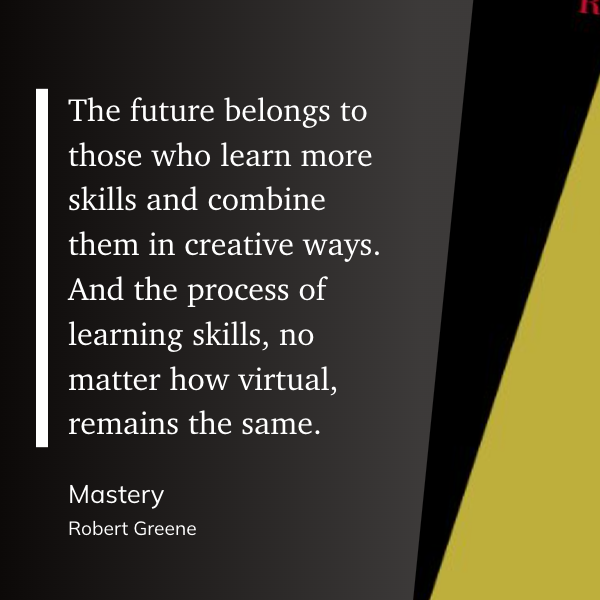
Have you ever wondered what makes an educational experience truly impactful? It’s not just about the information being conveyed; it’s about how it’s conveyed and internalized. This is where the concept of deeper learning comes into play.
The Essence of Deeper Learning
What is deeper learning? It’s a holistic approach focusing on critical thinking, problem-solving, and understanding complex concepts. Think of it as learning to fish and understanding the ecosystem, the fish’s role, and sustainable fishing practices.
- McTighe, Jay (Author)
- English (Publication Language)
- 130 Pages – 01/22/2020 (Publication Date) – ASCD (Publisher)
The Role of Networked Improvement Communities
Networked Improvement Communities (NICs) are like beehives of educational innovation. They provide a platform where educators can share, collaborate, and refine their teaching methodologies. It’s about building a collective wisdom.
Video Clubs: A Catalyst for Growth
Imagine a book club but for teaching practices. Video clubs in NICs offer a dynamic way for educators to visually share and discuss their teaching methods. It’s about seeing and improving together.
The Impact of Leadership in Educational Transformation
Leadership in education is not just about administrative tasks. It’s about guiding, inspiring, and creating an environment where deeper learning can thrive. Great leaders are the architects of educational innovation.
- Darling-Hammond, Linda (Author)
- English (Publication Language)
- 416 Pages – 05/28/2019 (Publication Date) – Harvard Education Press (Publisher)
Fostering a Community of Practice
A community of practice in education is like a garden where ideas grow and flourish. It’s a space where educators can cultivate their skills and knowledge, rooted in shared experiences and goals.
From Theory to Practice: Real-World Applications
Applying deeper learning isn’t just a theoretical exercise. It’s about integrating these approaches into actual classroom settings, transforming the educational experience into something more meaningful and lasting.
- Richardson, Jayson W. (Author)
- English (Publication Language)
- 190 Pages – 07/27/2021 (Publication Date) – Routledge (Publisher)
Challenges and Solutions in Implementing Deeper Learning
Every revolution has its challenges. In the case of deeper learning, these include resource allocation, teacher training, and adapting to diverse learning environments. But with every challenge comes a solution.
Case Studies: Success Stories and Lessons Learned
Learning from others’ experiences is a cornerstone of deeper learning. By examining case studies, educators can glean insights into successful strategies and common pitfalls to avoid.
The Future of Deeper Learning in Education
The future of education is not static; it’s dynamic and ever-evolving. Deeper learning is at the forefront of this evolution, paving the way for a more engaged and thoughtful generation of learners.
- Amazon Kindle Edition
- Mehta, Jal (Author)
- English (Publication Language)
- 452 Pages – 04/09/2019 (Publication Date) – Harvard University Press (Publisher)
Key Takeaways for Educators and Leaders
In conclusion, the journey toward deeper learning is both challenging and rewarding. It requires dedication, collaboration, and a willingness to rethink traditional educational models.
Access the full study from this article here
FAQs
- What is deeper learning?
Deeper learning is an educational approach that emphasizes the development of critical thinking, problem-solving, and a deep understanding of core academic content. - How do Networked Improvement Communities support deeper learning?
NICs provide a collaborative space for educators to share, innovate, and improve teaching practices, fostering a community that drives deeper learning. - What role do leaders play in promoting deeper learning?
Leaders in education are pivotal in creating the right environment and providing the necessary resources for deeper learning to flourish. - Can deeper learning be applied in all educational settings?
Yes, with the right approach and resources, deeper learning can be adapted to various educational contexts, benefiting a diverse range of learners. - What are the main challenges in implementing deeper learning?
Some challenges include ensuring adequate teacher training, providing sufficient resources, and adapting the curriculum to support deeper learning methodologies.
The Eclectic Educator is a free resource for everyone passionate about education and creativity. If you enjoy the content and want to support the newsletter, consider becoming a paid subscriber. Your support helps keep the insights and inspiration coming!












